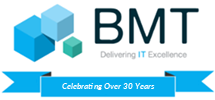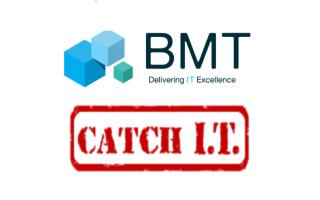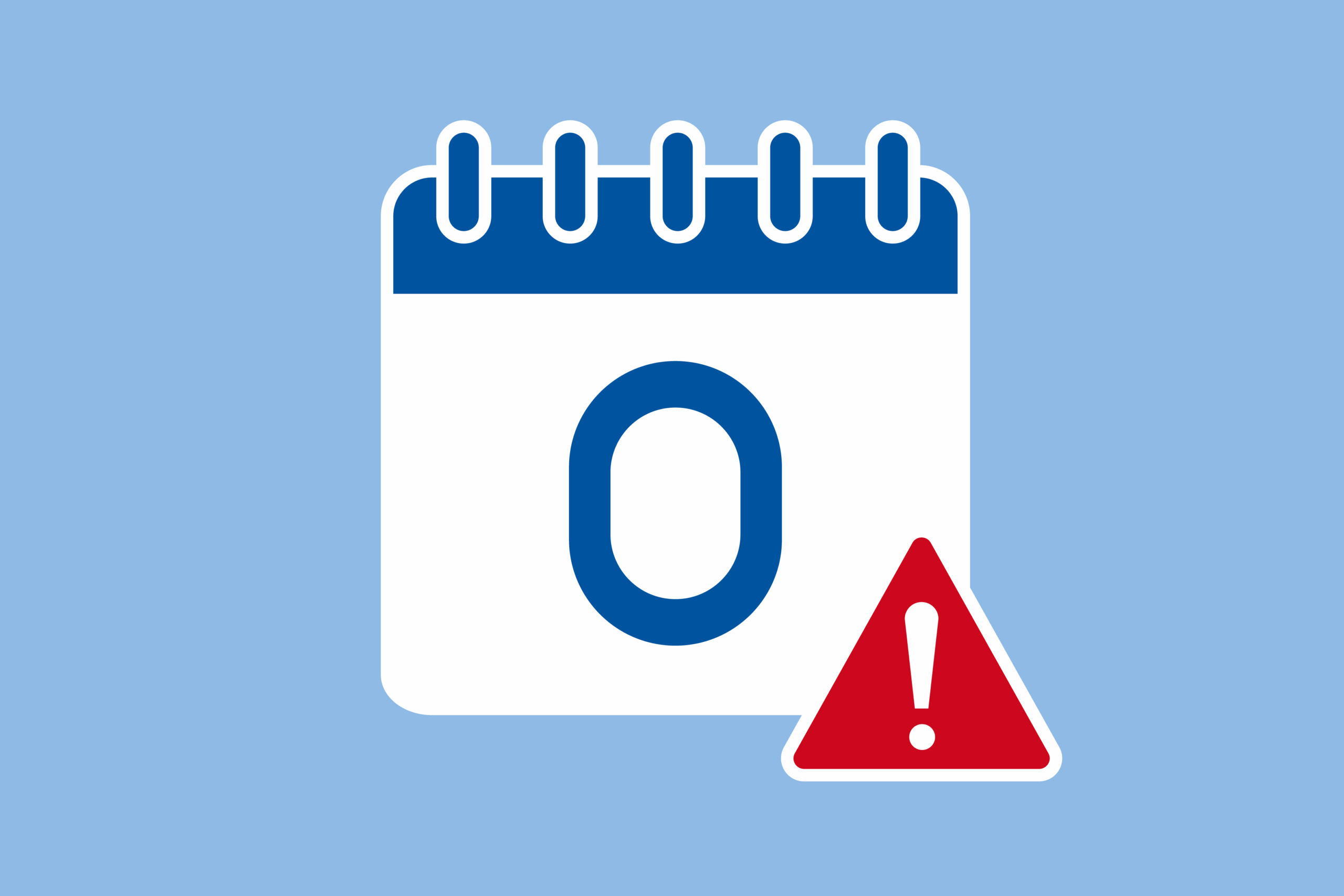Every year, a crazy high number of people face the consequences of cyberattacks. These attacks not only cost organizations billions. They also leave a devastating impact on individuals. We know, if you’re reading this, you get it. You already understand the importance of safeguarding your organization and people from cyber threats. As we commemorate Cybersecurity Awareness Month, we want to reinforce the importance of implementing the simplest of steps.
#1 Use Strong Passwords
Simple passwords, such as 12345, or common identifying information, like birthdays and pet names, are not safe for protecting important accounts holding personal information. Using an easy-to-guess password is like locking the door but leaving the key in the lock. Weak passwords can quickly be broken by computer hackers. But it’s impossible to remember a unique strong password for every account! We recommend LastPass, 1Password, or Bitwarden.
The good news is that creating and storing strong passwords with the help of a “password manager” is one of the easiest ways to protect ourselves from someone logging into our accounts and stealing sensitive information, data, money or even our identities.
#2 Turn On & Enable MFA
Multifactor Authentication (MFA) provides us with extra security by confirming our identities when logging in to our accounts, like entering a code texted to a phone or one generated by an authenticator app. MFA increases security—it can make us significantly safer online. Even if our passwords become compromised, unauthorized users will be unable to meet the second step requirement and will not be able to access our accounts. Learn how to use MFA with this short video.
#3 Recognize & Report Phishing
Phishing occurs when criminals try to get us to open harmful links, emails or attachments that could request our personal information or infect our devices. Phishing messages or “bait” usually come in the form of an email, text, direct message on social media or phone call. These messages are often designed to look like they come from a trusted person or organization, to get us to respond.
Recognize: Look for these common signs
- Urgent or emotionally appealing language, especially messages that claim dire consequences for not responding immediately
- Requests to send personal and financial information
- Untrusted shortened URLs
- Incorrect email addresses or links, like amazan.com
A common sign used to be poor grammar or misspellings although in the era of artificial intelligence (AI) some emails will now have perfect grammar and spelling, so look out for the other signs. If you don’t have currently, be sure to install a phish alert button on your computer!
#4 Update Security Software
Software updates are created to fix security risks, improve performance and add features to enhance our experience. Keeping software up to date is an easy way for us to stay safer online. To make updates convenient, turn on the automatic updates in the devices or application’s security settings!
Make sure to have up to date antivirus software installed on your computer! Learn more by visiting BMT’s security webpage.
#5 Regularly Back-Up Important Data
Regularly back-up important files, data, etc. to cloud storage or external drive; this will help you recover important information in case of ransomware attack of hardware failure. Learn more about data back-up with our short video.






Leave A Comment